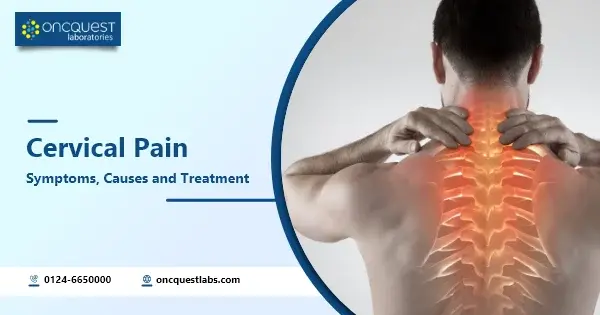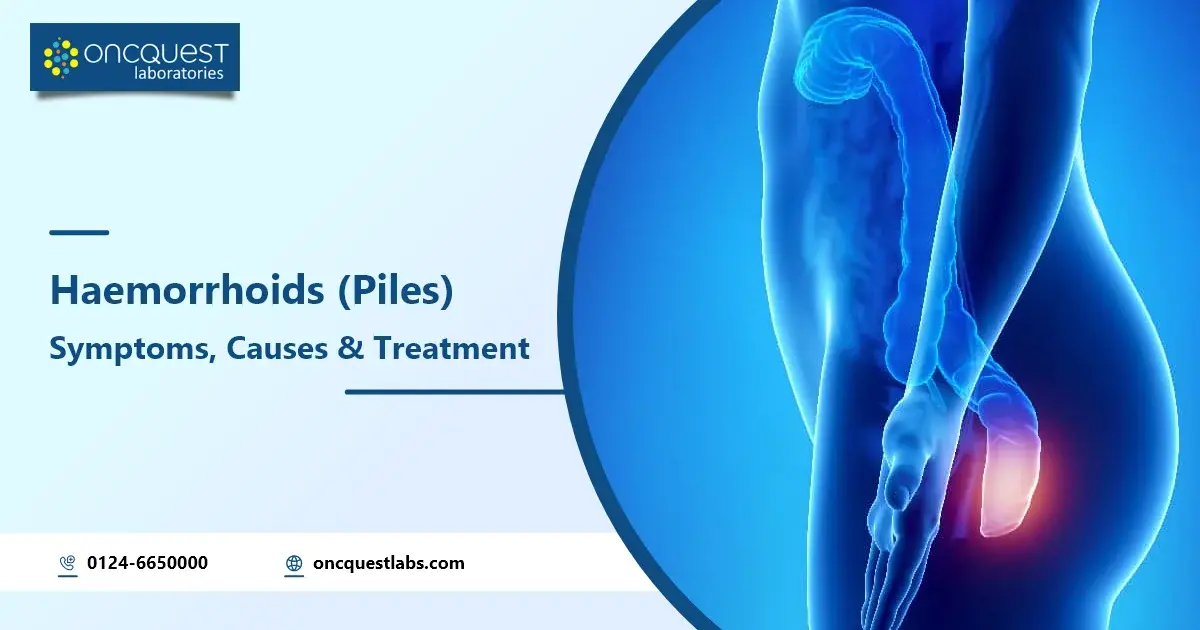Gallbladder stones, also known as gallstones, are a common medical condition that affects millions of people worldwide. These small, hard particles can develop in the gallbladder, causing discomfort and, in some cases, severe pain. In this blog, we will explore the formation of gallbladder stones, their symptoms, and the various methods of removal, from surgical procedures to natural remedies.
Contents
Formation of Gallbladder Stones
Gallbladder stones are typically made up of cholesterol, bilirubin, and calcium salts. They form when the balance of these substances is disrupted, leading to the precipitation of crystals. There are several factors that contribute to the formation of gallstones:
1. Diet: High-fat and low-fiber diets can increase the risk of gallstone formation.
2. Weight: Obesity is a significant risk factor, as it can lead to increased cholesterol levels in the bile.
3. Genetics: A family history of gallstones can increase an individual’s susceptibility.
4. Age and Gender: Women, especially those over 40, are more prone to gallstones.
5. Pregnancy: Pregnancy can lead to hormonal changes that increase the risk of gallstone formation.
Symptoms of Gallbladder Stones
Gallbladder stones often go unnoticed until they cause problems. Common symptoms include:
– Pain: Sudden, intense pain in the upper right or center of the abdomen, known as biliary colic.
– Nausea and vomiting: These may accompany the pain.
– Jaundice: If a stone blocks a bile duct, it can lead to yellowing of the skin and eyes.
– Fever: In cases of infection, fever may occur.
Methods of Removal
When gallstones cause pain or complications, they may need to be removed. Several methods are available:
1. Cholecystectomy: This is the most common method and involves surgical removal of the entire gallbladder. It is typically done when the stones cause severe symptoms or complications.
2. Laparoscopic Surgery: A less invasive form of cholecystectomy, this procedure uses small incisions and a camera to guide the surgeon.
3. Medication: In some cases, medications can dissolve certain types of gallstones, but this process is slow and not always effective.
4. Endoscopic Retrograde Cholangiopancreatography (ERCP): Used for stones that have moved into the bile ducts, this procedure involves using an endoscope to remove or break up the stones.
5. Extracorporeal Shock Wave Lithotripsy (ESWL): This method uses shock waves to break gallstones into smaller pieces, making them easier to pass or remove.
6. Natural Remedies: Some people opt for natural remedies, including dietary changes, such as increasing fiber intake and reducing fat consumption. However, these methods are not always effective in larger stones.
Conclusion
Gallbladder stones can be a source of significant discomfort and pain. Understanding their formation, symptoms, and methods of removal is crucial for those affected by this condition. If you experience symptoms or suspect gallstones, consult a healthcare professional for an accurate diagnosis and appropriate treatment. Remember, prevention through a healthy lifestyle and diet is always the best approach to reduce the risk of gallbladder stone formation.
Frequently asked Questions
Q1:How do they remove stones from the gallbladder?
A1:Endoscopic retrograde cholangiopancreatography (ERCP) is a procedure designed for the removal of gallstones located in the bile duct. It’s important to note that ERCP does not involve the removal of the gallbladder itself. Consequently, any gallstones present in the gallbladder will persist unless other surgical methods are employed for their removal.
Q2:Can gallbladder stone be removed without surgery?
A2:Oral bile salt therapy is advised for gallstones primarily composed of cholesterol, as opposed to those formed from bilirubin. This treatment involves the oral administration of specific medications, like ursodiol or chenodiol, which contain chemicals aimed at dissolving the cholesterol-based gallstones.
Q3:What causes gallbladder stones to form?
A3:Typically, the bile produced by your liver contains sufficient chemicals to dissolve the cholesterol it releases. However, when your liver excretes cholesterol at a rate that surpasses your bile’s ability to dissolve it, the surplus cholesterol can crystallize and eventually aggregate into gallstones.





